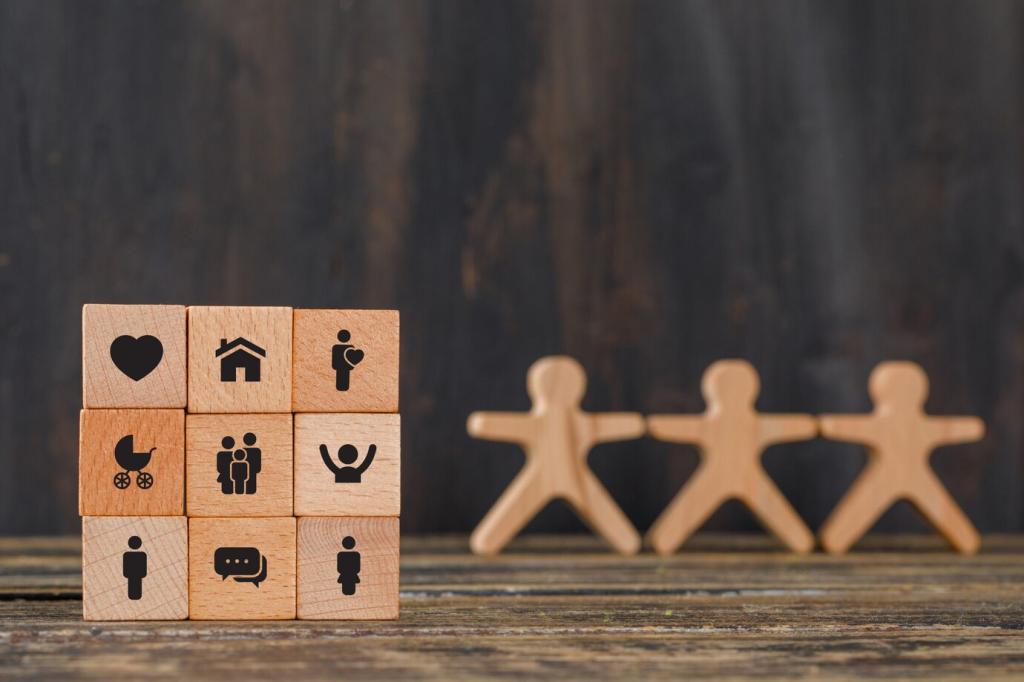Youth and Families: Interventions That Start Early
Counselors embedded in schools spot early warning signs and coordinate supports quickly. Simple practices like sensory corners, restorative circles, and predictable routines lower stress hormones and help students concentrate, learn coping skills, and feel safer together.
Youth and Families: Interventions That Start Early
Affordable childcare and paid leave reduce the crushing calculus of working while healing. Parents report calmer evenings, steadier bonding, and more time for therapy when programs help cover diapers, transportation, and appointments during those fragile months.
Youth and Families: Interventions That Start Early
Mentoring, apprenticeships, and tuition support reduce dropout risks and despair as teens navigate identity and finances. Warm handoffs between youth and adult services prevent gaps, sustain medication access, and build confidence during first jobs, shared housing, and independence.

